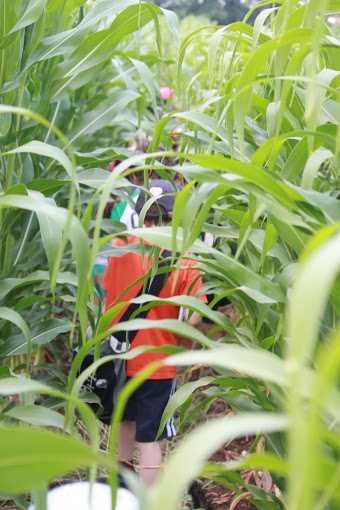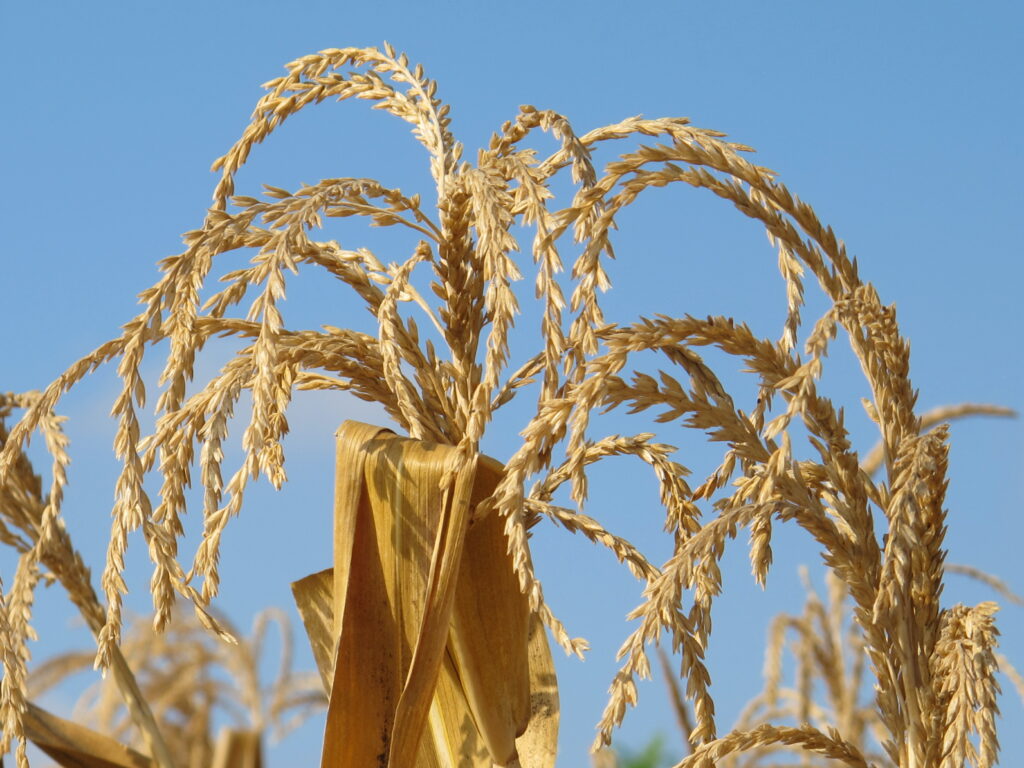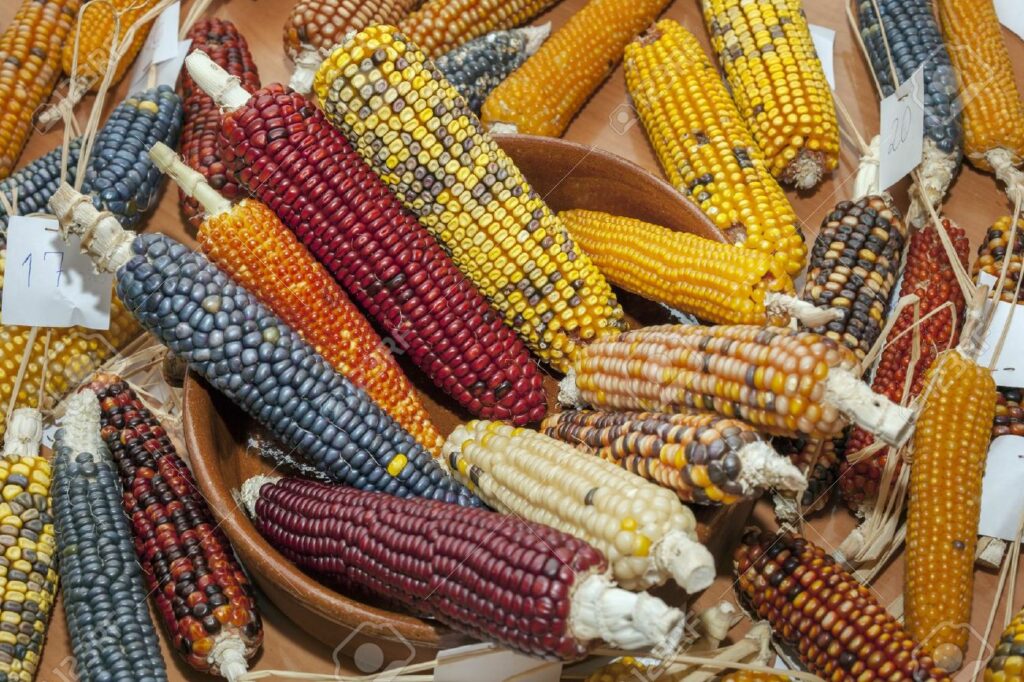Music and Camaraderie:
The Chubeza family is invited to a musical jam session and weekly get-together at the Gonenim-Mekor Haim “Book Stop” on the Mesila Park. Here’s your chance to make beautiful music together, smile, and get to know your neighbors. The jam session will be directed by the musicians of “Project Intro,” and each week we will host musicians from various Jewish and Palestinian community centers.
We invite parents and their children, students, grandparents, uncles and aunts to join the celebration. Bring your musical instruments and get ready to play!
5 PM – 6 PM: Arts & Crafts activity
Refreshments, compliments of “Barakevet”
Every Monday between 5 PM – 8 PM at the Mesila Park “Book Stop” (behind Mekor Haim 48, near the Rami Levi Supermarket)
Free of charge!
Come join the fun!
For further information, check out the Facebook event
___________________________
King Corn – Part 2!
Here at Chubeza, we began seeding the corn (or Mahis) at the end of March. The first two rounds are seeded within a month of each other. The next round is already spaced at a two-three week interval, then they’re seeded within a week of one another. The reason for this procedure is the variable weather and the heat. If for the first round we needed 100-110 days to reach full maturity, the latter will ripen within 80-90 days. Thus, varying the seeding intervals allows us to send you sweet corn almost every week, or every two weeks at the most.
In every seeding we insert two beds (4 rows) of yellow, hard and wrinkled seeds into the earth. When I say we “insert” them, I mean it, because after many attempts to seed the corn with a seeder, we realized that the best way is still to do it by hand. We notch furrows in the earth and scatter the seeds at a distance of 10-15 cm apart. Afterwards, we cover the furrow, water it, and start praying for healthy growth.
After the initial sprouting, the corn grows rapidly, producing tall, strong and erect stalks that you can actually get lost in. At a farm where I worked in California, each year they would plant a huge corn maze where everyone, young and old, would love to get lost in during the October Halloween festival. At Chubeza too, a group of kids decided to find out what it feels like to enter the corn bed jungle:




Since we seed the corn repeatedly within relatively short spans of time, a tour of the field reveals corn beds of varying heights, from 20 cm munchkins, through 50, 80 and 150 cm tall guys, all the way to towering stalks of 2 meters and more! Even the plants that have already been harvested and are currently retired are in no hurry to migrate to Miami, but rather stand there yellowing away in the summer sunshine. (I do harbor a special fondness for them…)

The type of corn Chubeza grows belongs to the “super-sweet” variety (SH2). True to its name, this corn is indeed super and sweet. Who would have believed that such incredibly tasty corn is actually the result of a mutation! Corn is a cereal crop. From the moment it ripens and is picked off the stalk, an internal process occurs where the sugars turn into starch. During this process, corn loses its sweetness and becomes floury and starchy. Most of the corn seeded in the world is not even sweet (field/dent corn), but is produced primarily for animal fodder, for cornflower production, and for industrial uses such as ethanol for gas, for the plastic industry, for corn oil and various other additives. This field corn is actually the ancient corn variety that was grown in Southern and Central America thousands of years ago.
A main advantage of corn is that it is unstable. It is a crop that is genetically sensitive to mutations and changes that occur in nature, which makes it an honored guest within the annals of scientific research (corn plants were instrumental in reaching some of the most important discoveries in genetics, like the Transposons). A side benefit is the broad, dynamic spectrum of different colors, shapes and tastes of corn varieties. Here are some examples:

Sweet corn has been known in Western civilization from 1770. It is not clear when this natural mutation first occurred, but it caused the storing of a double amount of sugar in the storage tissue (endosperm) of the seed. There are hundreds of sweet corn varieties in this group.
Over the past few decades, two other groups of corn were developed, both based on mutants that occurred naturally in the corn which were then carefully developed to create stable varieties for agricultural use. One is the “sugar enhanced” (SE) corn, boasting higher sugar content than traditional sweet corn, which is why, when refrigerated, it retains sweetness 2-4 days after harvest. The second group is the Super-Sweet corn (SH2), three times sweeter than the other varieties. And most important here, the process of the sugar transforming to starch is much slower, allowing it to remain sweet up to ten days after harvest (when refrigerated). This has, of course, many advantages, specifically when dealing with export to distant markets—but we can enjoy these nice mutants on the same day they are picked: triply sweet and fresh.
If you cook our corn, this sweet treat blends perfectly with so many flavors: salty, spicy, and sour ingredients all add a distinctive, complementary savor by contrast. But really, the best way to enjoy this corn is by simply cooking it in water for a few minutes and then bite right into the fresh cobs. Perhaps it’s too early just yet, but in two months’ time when you may feel the need for a change of pace, take a look at our recipe section for some intriguing non-standard uses for the sweet king of summer.
Here’s to a sweet and summery week,
Alon, Bat Ami, Yochai, Dror and the entire Chubeza team
____________________________________________
WHAT’S IN THIS WEEK’S BOXES?
Monday: Lettuce, parsley/basil, tomatoes, cucumbers, zucchini, eggplant/slice of Provence pumpkin, watermelon/melon, New Zealand spinach/Swiss chard, Thai lubia/cherry tomatoes/okra, acorn squash/Amoro squash, onions.
Large box, in addition: Corn, sweet red peppers, coriander/dill
Wednesday: Lettuce, parsley/basil, tomatoes, cucumbers, zucchini/slice of Provence pumpkin, eggplant/sweet red peppers, watermelon/melon, New Zealand spinach/Swiss chard, Amoro or spaghetti squash, onions, corn.
Large box, in addition: coriander/dill, Thai lubia/cherry tomatoes/okra, scallions/leek
And there’s more! You can add to your basket a wide, delectable range of additional products from fine small producers: flour, fruits, honey, dates, almonds, garbanzo beans, crackers, probiotic foods, dried fruits and leathers, olive oil, bakery products and goat dairy too! You can learn more about each producer on the Chubeza website. On our order system there’s a detailed listing of the products and their cost, you can make an order online now!

